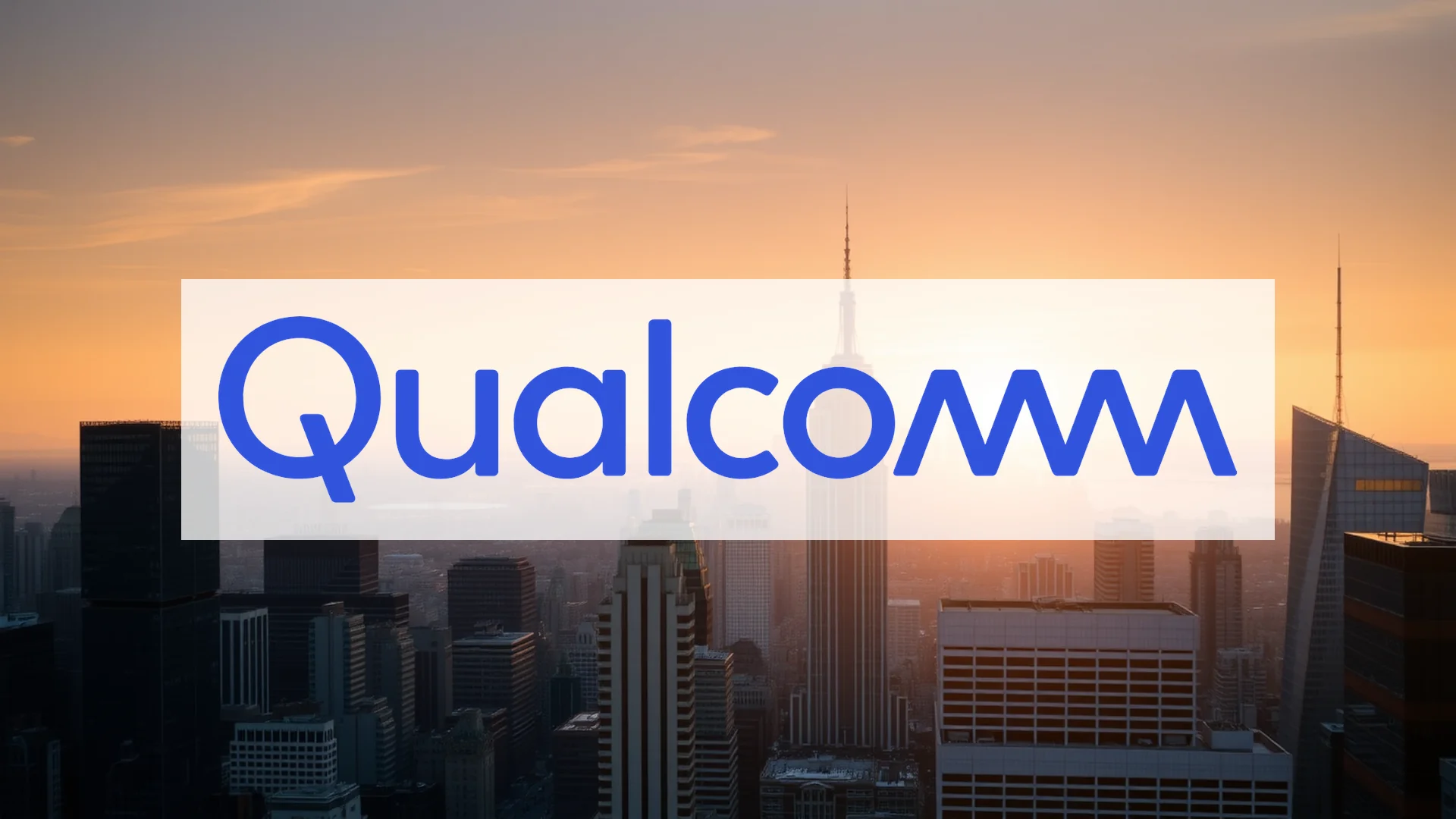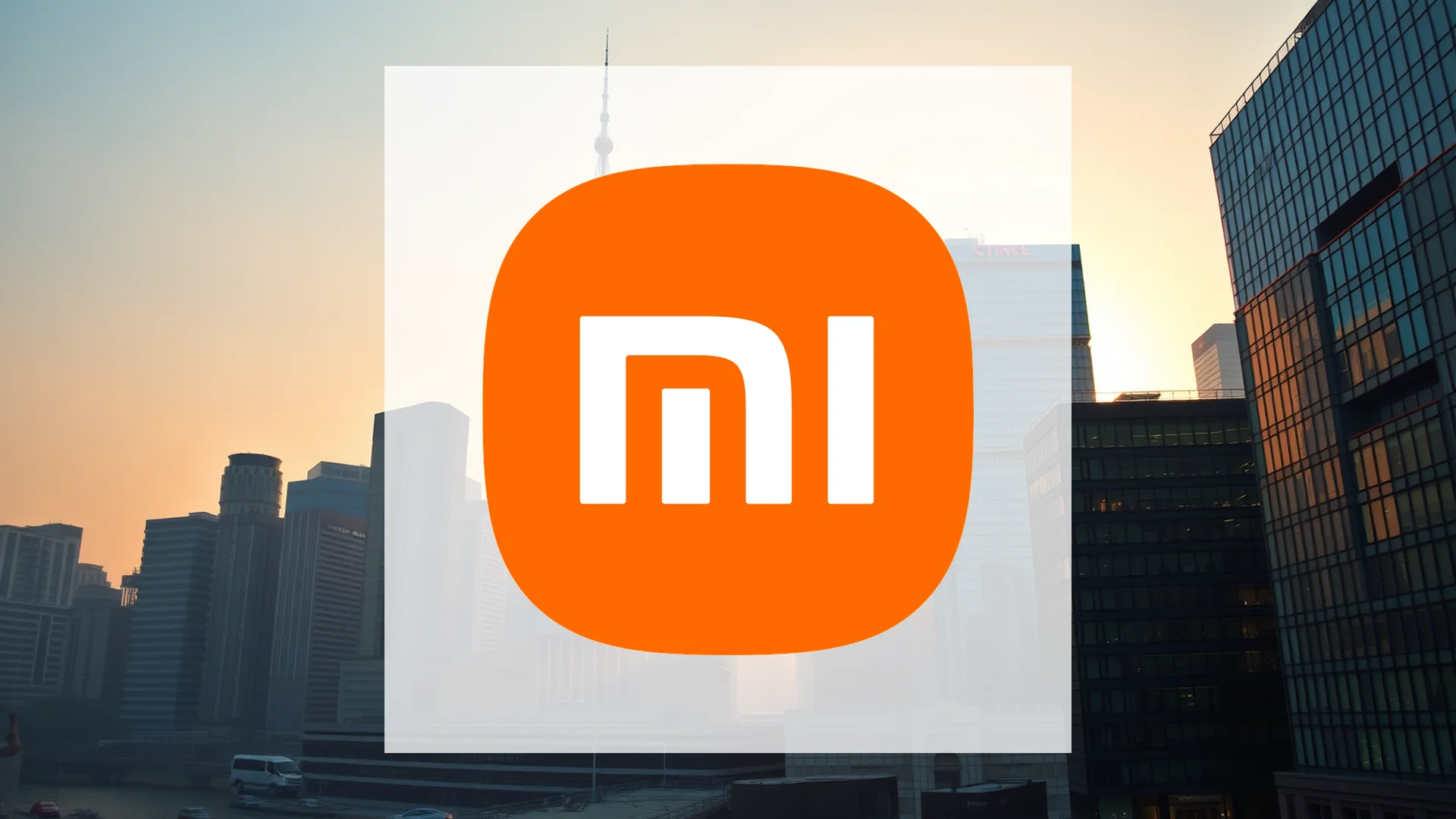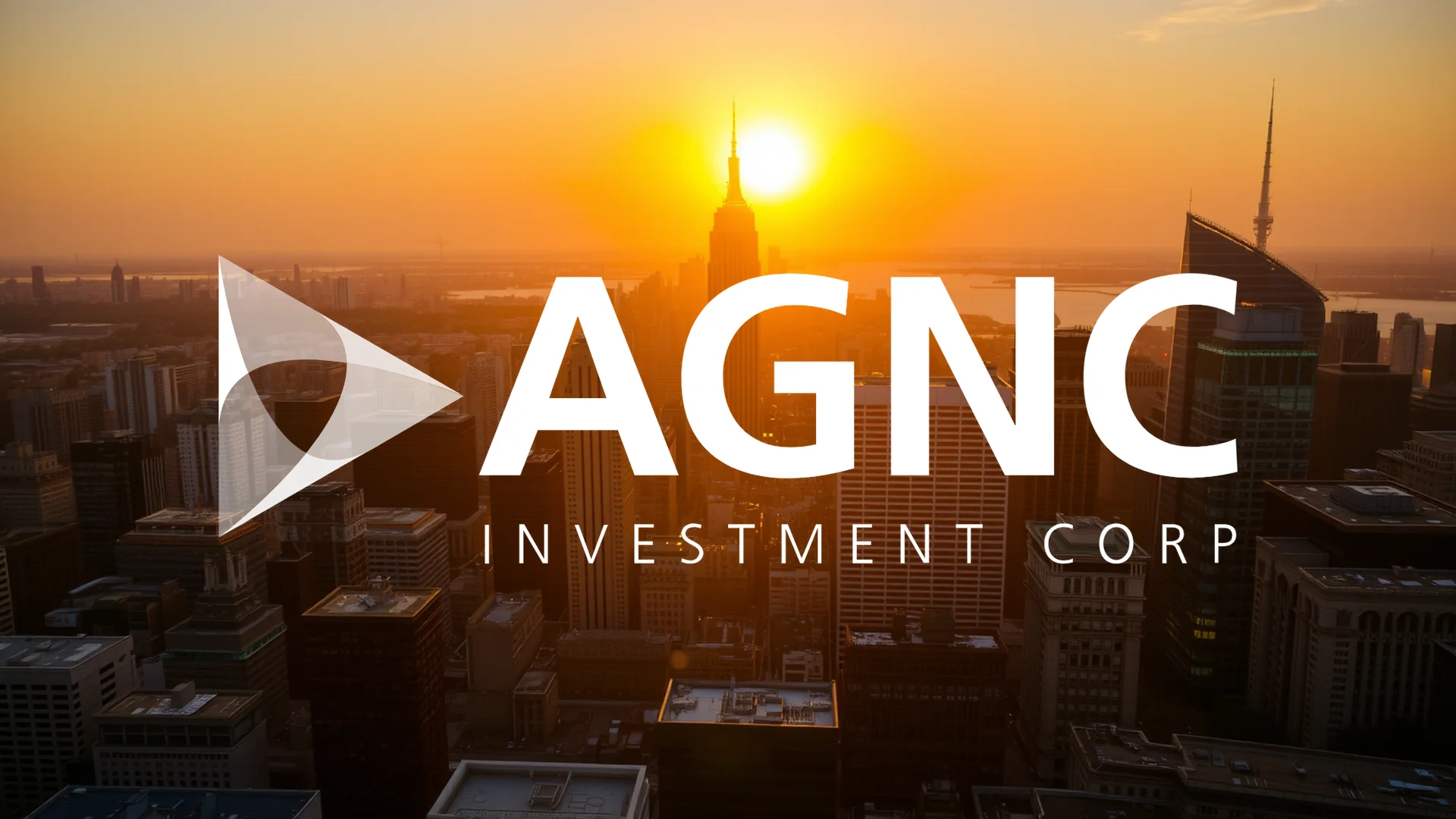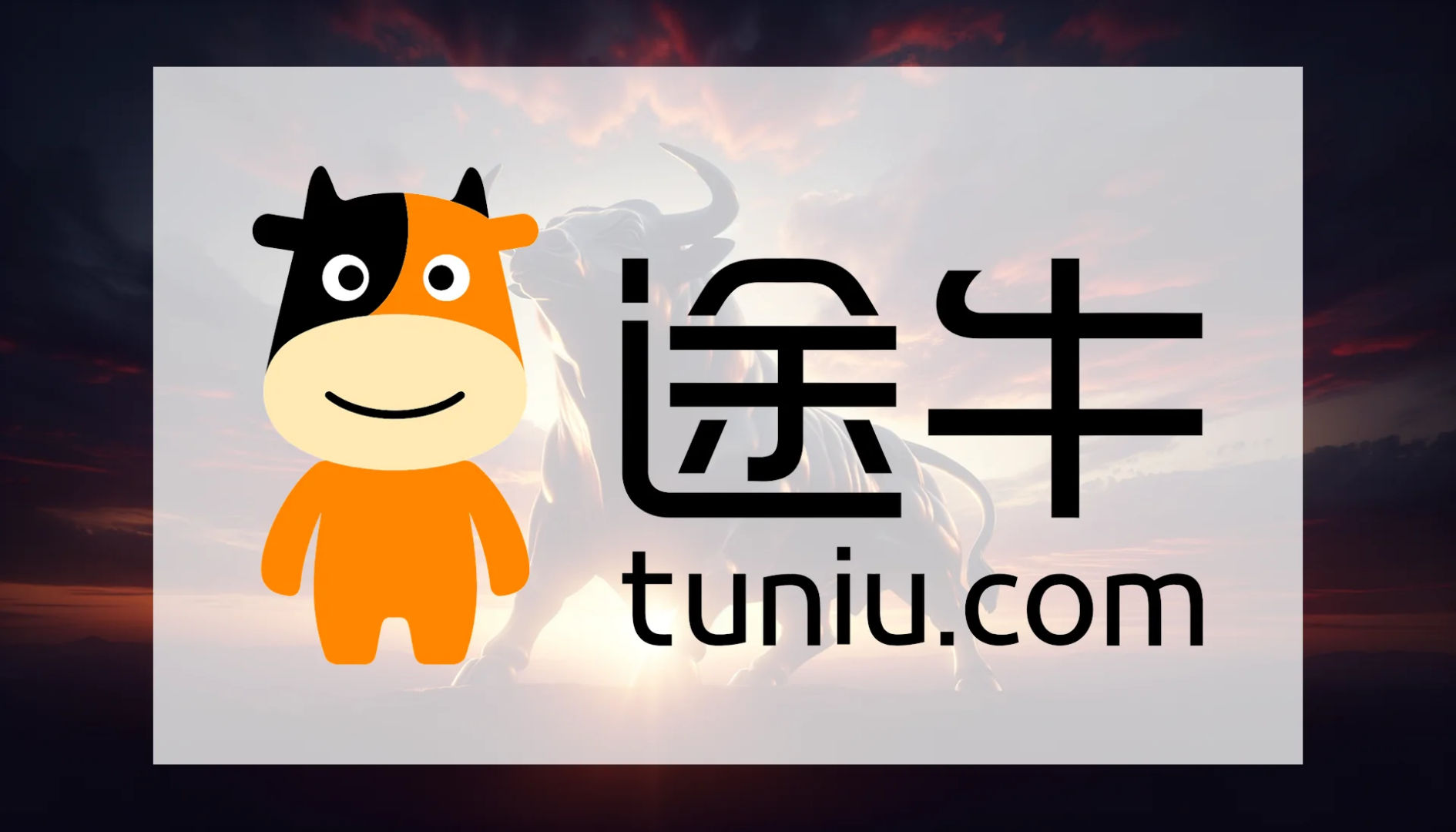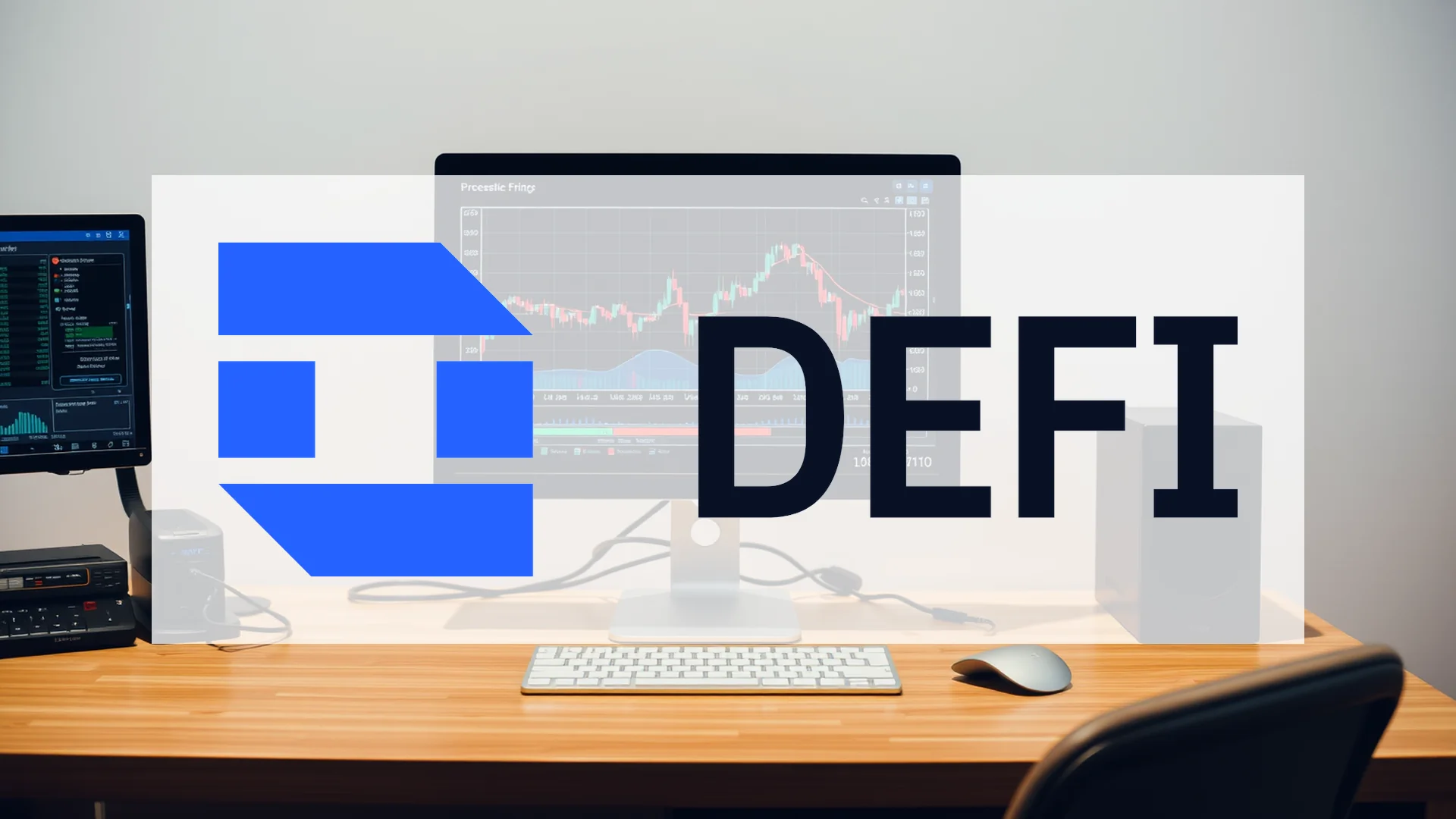In a bold move to capture the burgeoning Internet of Things market, semiconductor leader Qualcomm has announced its acquisition of Arduino, the open-source electronics platform. This strategic play aims to bridge the gap between Qualcomm’s advanced chip technology and the massive community of developers, students, and engineers who form the backbone of IoT innovation.
Expanding the Developer Ecosystem
The acquisition represents more than just another corporate purchase—it’s a direct channel to Arduino’s established user base of 33 million active creators. Qualcomm’s objective is clear: democratize access to its high-performance artificial intelligence and edge computing processors by placing them directly into the hands of the global maker community. Rather than keeping its sophisticated chip architecture within corporate laboratories, Qualcomm seeks to empower a new generation of innovators.
Early collaborative efforts are already yielding tangible results. The recently unveiled Arduino UNO Q, powered by Qualcomm’s Dragonwing processor, features what the companies describe as a “dual-brain” architecture. This design enables complex AI vision and sound applications targeted toward smart home devices and industrial robotics. The partnership envisions a seamless development pathway where creators can advance their projects from initial prototype through mass production using a unified Qualcomm platform.
Building a Comprehensive Edge Computing Framework
This acquisition forms part of Qualcomm’s broader strategic initiative to establish dominance in the edge computing landscape. The Arduino purchase follows previous acquisitions of Edge Impulse and Foundries.io, demonstrating Qualcomm’s systematic approach to constructing a complete ecosystem spanning from hardware components to cloud connectivity. As the company’s core mobile chip business faces increasing market pressure, Qualcomm is strategically repositioning itself toward high-growth sectors including IoT and automotive technologies.
Should investors sell immediately? Or is it worth buying Qualcomm?
Notably, Arduino will continue operating as an independent brand with ongoing support for multiple microcontroller platforms. This thoughtful approach maintains community trust and prevents the perception of a simple corporate takeover. Instead, the arrangement creates a symbiotic relationship where Arduino’s accessibility combines with Qualcomm’s industrial-scale manufacturing capabilities.
Market Anticipation and Future Prospects
Financial markets have responded cautiously to the announcement, awaiting concrete evidence of the strategic benefits. The transaction remains subject to regulatory approvals, with potential clearance expected as early as November. Qualcomm’s fourth-quarter earnings update scheduled for November 5 will provide management with their first significant opportunity to elaborate on the strategic direction following the acquisition.
The true test will emerge in the months following regulatory approval: Can Qualcomm successfully engage Arduino’s millions of developers and convert them into valuable customers for its technology platforms? The answer to this question will ultimately determine not only the success of this specific acquisition but also Qualcomm’s competitive positioning in the intensifying battle for IoT market leadership.
Ad
Qualcomm Stock: Buy or Sell?! New Qualcomm Analysis from November 24 delivers the answer:
The latest Qualcomm figures speak for themselves: Urgent action needed for Qualcomm investors. Is it worth buying or should you sell? Find out what to do now in the current free analysis from November 24.
Qualcomm: Buy or sell? Read more here...

